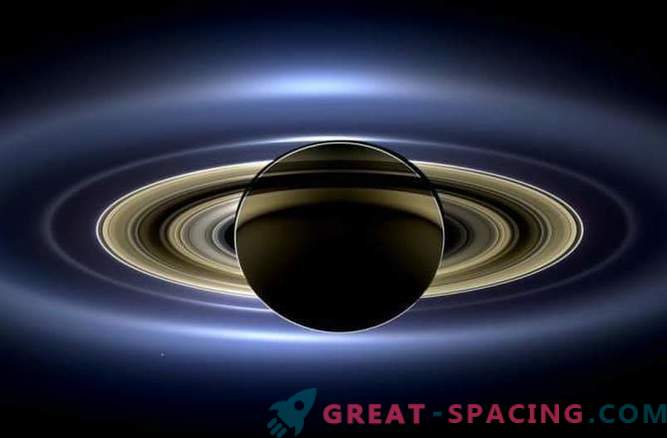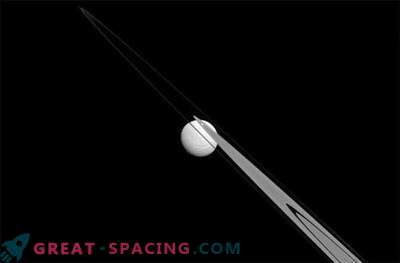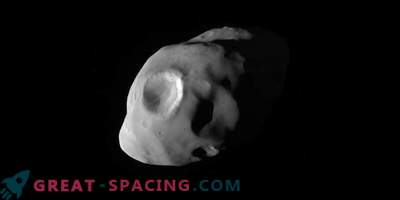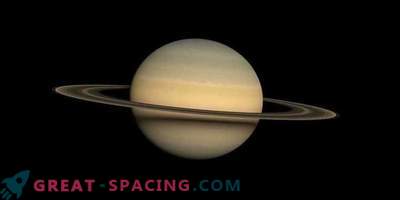
Cassini, who has been circling around Saturn since 2004, will plunge inside the rings of the planet during his 13th and last year of work.
Before parting with the Cassini project (one of NASA's most successful probes), the spacecraft will make a bold jump through Saturn rings, passing through a narrow, unexplored gap between the planet and its nearest ring.
“For Cassini, this is a completely new mission,” said project scientist Linda Spilker of NASA's Jet Propulsion Laboratory in Pasadena, California.
The Cassini spacecraft left Earth on October 5, 1997 and headed for Saturn, the second largest planet in the solar system after Jupiter. Seven years later, having flown almost 2.2. a billion miles, Cassini entrenched in orbit around this ringed beauty.
The data collected by Cassini and sent to Earth, will take scientists for several decades. But for the spacecraft the days are numbered: in September of the next year, Cassini will direct himself to Saturn and burn.
The suicidal maneuver, scheduled for September 15, eliminates the possibility that one of the potentially inhabited moons will become a new home for a colony of terrestrial hitchhikers who are still alive, traveling for several decades in space. Cassini will fly into Saturn, using his steering, and will not leave a chance for survival.
During the 22nd final orbit, and especially during the closest approach of Cassini, the scientists plan to collect data that will allow them to find out how much material is on the rings of Saturn. This, in turn, will solve a long-standing riddle: these rings are as old as Saturn or this is a more modern phenomenon.
They also plan to measure the duration of the day on the planet, learn more about the magnetic field, map the internal structure and close-up to remove the powerful aurora of the planet. Spilker believes that Cassini can even detect the lunar mass inside Saturn, which could explain some mysterious wave movements found in the C-ring.
“The rings are, in fact, a very sensitive detector of what is happening inside Saturn,” Spilker said last week during a webcast of the meeting of the National Academy of Sciences of the Committee on Astrobiology and Planetology.
“We noticed a series of waves in the rings and their attenuation in the wrong direction. As a rule, when there is a resonance with the moon, the waves decay towards it. But these waves faded away towards Saturn. It seems that there is a tiny moon inside Saturn, ”said Spilker. Journey to Saturn conceals intrigue. Scientists are not sure how many Cassini particles can collide on approach. The device first comes so close, using large communication antennas as a shield. If too many particles hit the antenna, then Cassini can fly along the same trajectory for the rest of the mission.
“For a period of just over an hour, the apparatus must pass from the north pole to the south through the annular gap. It happens incredibly fast - 75,000 miles per hour. So even a millimeter particle can harm Cassini, ”said Spilker.
“Fortunately, most of the particles represent only smoke,” added Cassini project leader Earl Maiz.
From November 30, the Cassini orbit will move so that the apparatus goes beyond the limits of the main ring. During these weekly orbits, Cassini will fly within 4850 miles of the center of the narrow F-ring.
In April, Saturn’s flying moon Titan will change the trajectory of Cassini, so the spacecraft will jump over all the rings. The first pass through the gap of 1500 miles between the planet and its rings is scheduled for April 27.











































